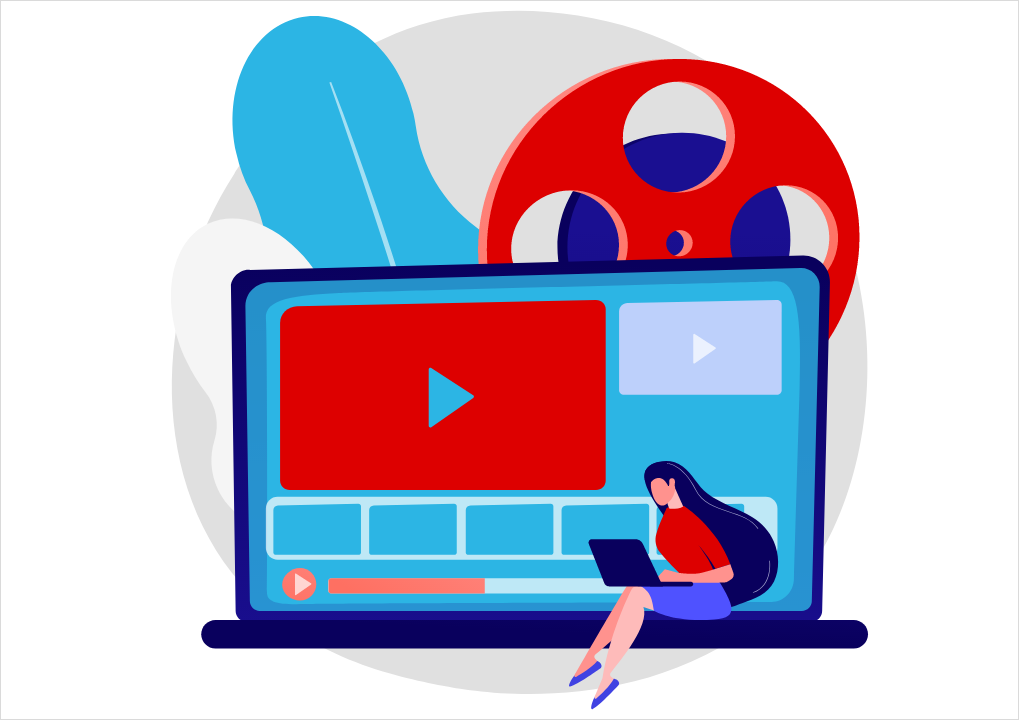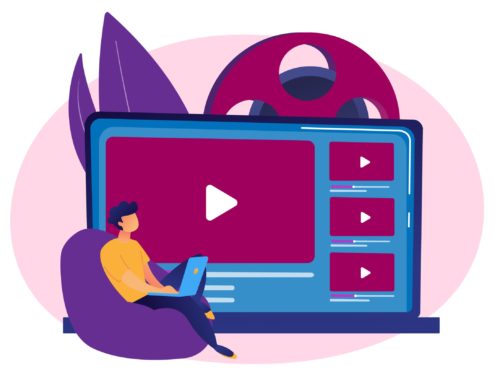Before we had access to the internet and online ads, the only video ads we viewed were on TV. Ask anyone who’s been around long enough to remember these ads and they’ll tell you that the most memorable feature of such ads was often the jingle and not the visual content of the ad. Sure, there have been some truly creative ad campaigns over the past few decades that made the most out of the screen time they were given. However, these ads wouldn’t have been as effective if not for the accompanying soundtrack and well-written dialogue.
With the advent of Display Ads and video ads, it’s become increasingly clear that users react well to the latter, especially when these ads have the sound on. One good example of this would be the recent popularity of Influencer Marketing on social media. These ads are created by social media influencers and micro-influencers that sample products and document their views on them via short video reviews. Since this version of video ads doesn’t require much creativity as such in terms of graphic design, you can imagine it relies mainly on sound.
Therefore, it’s not surprising that social media giants such as Instagram feature these ads that have the sound on as soon as you scroll past them if you’ve been watching other videos and the sound was on anyway. However, just because these ads do not feature typical traits of video ads, doesn’t mean that having to watch them is any less cumbersome. Even though such videos are now tagged as ‘sponsored content’ on Instagram and can be ignored, it doesn’t make it any more enjoyable to come across them with sound on if you miss the fine print.
Having said that, we may as well admit that ads on Instagram created by influencers are easier to ignore than those featured on other apps. Gaming apps, fashion store apps, quiz apps, food delivery apps – you name it, any app you come across now could be running video ads within the time you use it. For instance, the other day I was using a very popular app to stream music on my phone. It was at the end of a long day and I wanted nothing more than to unwind and listen to some music by ‘Scorpions’, so I did.
It was great, I savored the song I wanted to listen to and was looking for another one to play when out of nowhere, a video ad popped up promoting a newly-released song by another artist. This ad played with the sound on and I was subjected to thirty seconds of listening to a song that was less than mediocre, simply because I didn’t have the option to close the ad. Truth be told, now that I think of it, the song in the ad wasn’t all that bad but I’m sure I felt that way at the time because I didn’t want to listen to it.
This made me think: I might have listened to that (promoted) song sooner or later anyway, maybe even grown to enjoy it eventually. However, taking into account the fact that I was essentially forced into listening to it, I wasn’t inclined to think of it favorably anymore. Then it struck me that the same logic could be applied to automatic sound video ads in general. Such ads not only interrupt your usage of any app or online service (as all ads do), but they also assault your ears with audio content that you’re just not interested in. Also, have you noticed how the sound in video ads is louder than the YouTube video you were just watching? Isn’t that the worst?
As mentioned in the introduction of this post, sound has always played an integral role in determining the success of video ads. However, what makes video ads – or ads in general – different from what they were then is the fact that we now have a wider choice concerning whether or not we wish to view these ads. Back in the day, you had no choice but to sit through countless ads if you wanted to catch a great show, movie, or sporting event on TV. With the introduction of paid subscriptions and more, users now choose to do away with watching ads altogether.
If users know they have the option not to view ads and are being made to watch them simply because they don’t want to pay for it, it can be off-putting. This is especially true if these ads are too long and have the sound on. As I mentioned earlier, ads that only contain visual elements are easier to ignore than ads that have the sound on. Such ads are more than distracting, they’re irksome. However, one could argue that the placement of such ads could make a difference concerning how effective they are.
Let’s say you want to promote your brand using video ads and find that you absolutely must have the sound on automatically to get your point across. Your best bet would be to feature your ad on a platform like YouTube that primarily features videos. Another option could be Instagram with the introduction of Instagram Reels. But these are the options you should go with, what about the options you shouldn’t?
It could be a bad idea to try and feature automatic sound video ads on apps or websites that are educational or have mainly written content. In these cases, inserting video ads with the sound on can turn out to be distracting for viewers, more so than it would be if they came across such an ad on a platform such as Instagram.
In conclusion, using video ads with automatic sound seems to be a bad idea more often than not considering how much attention they demand. If you think that such ads can truly help promote your business in the way you want them to, make sure you do your research on how users react to these ads across different platforms before you decide where to feature them.





